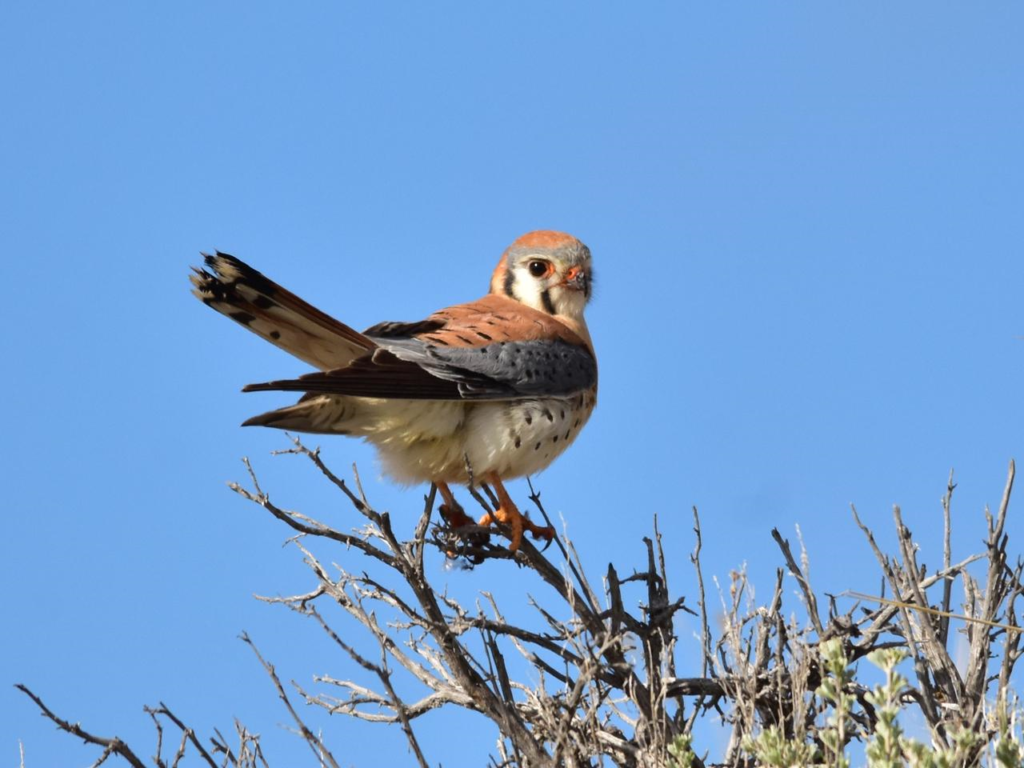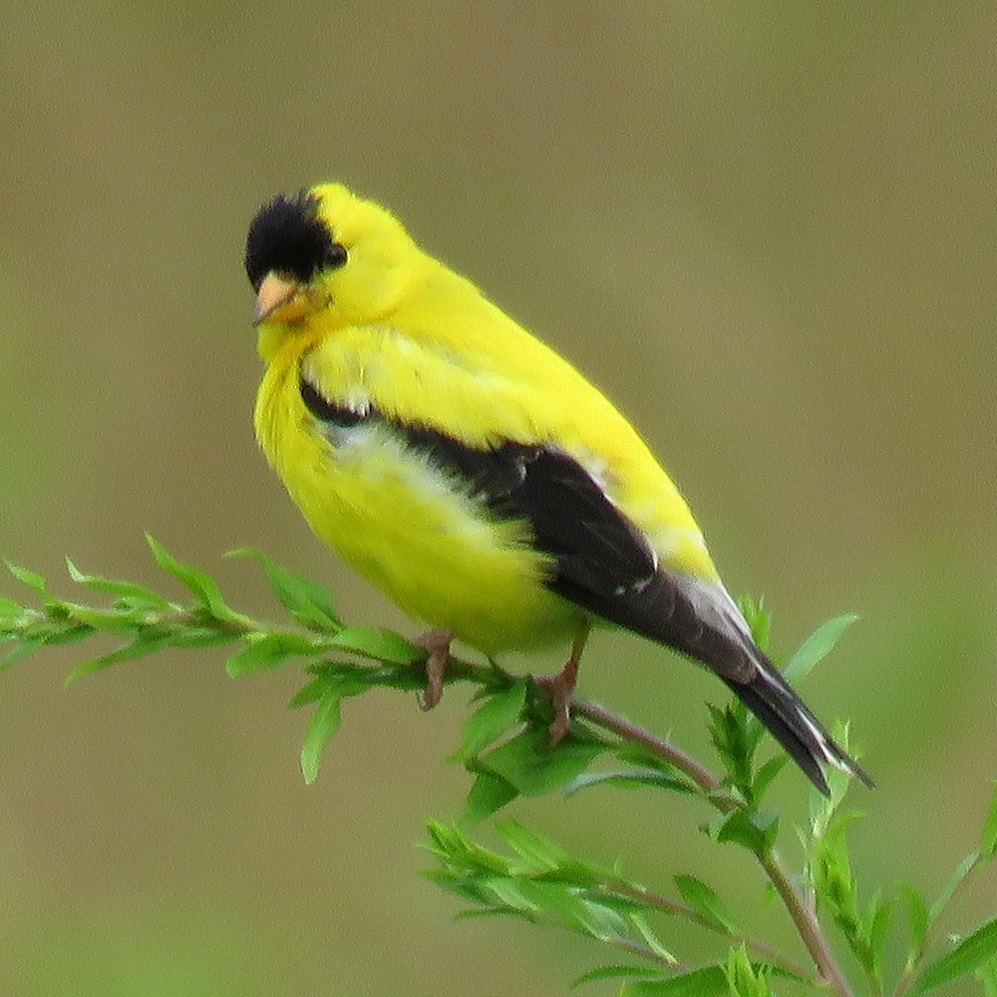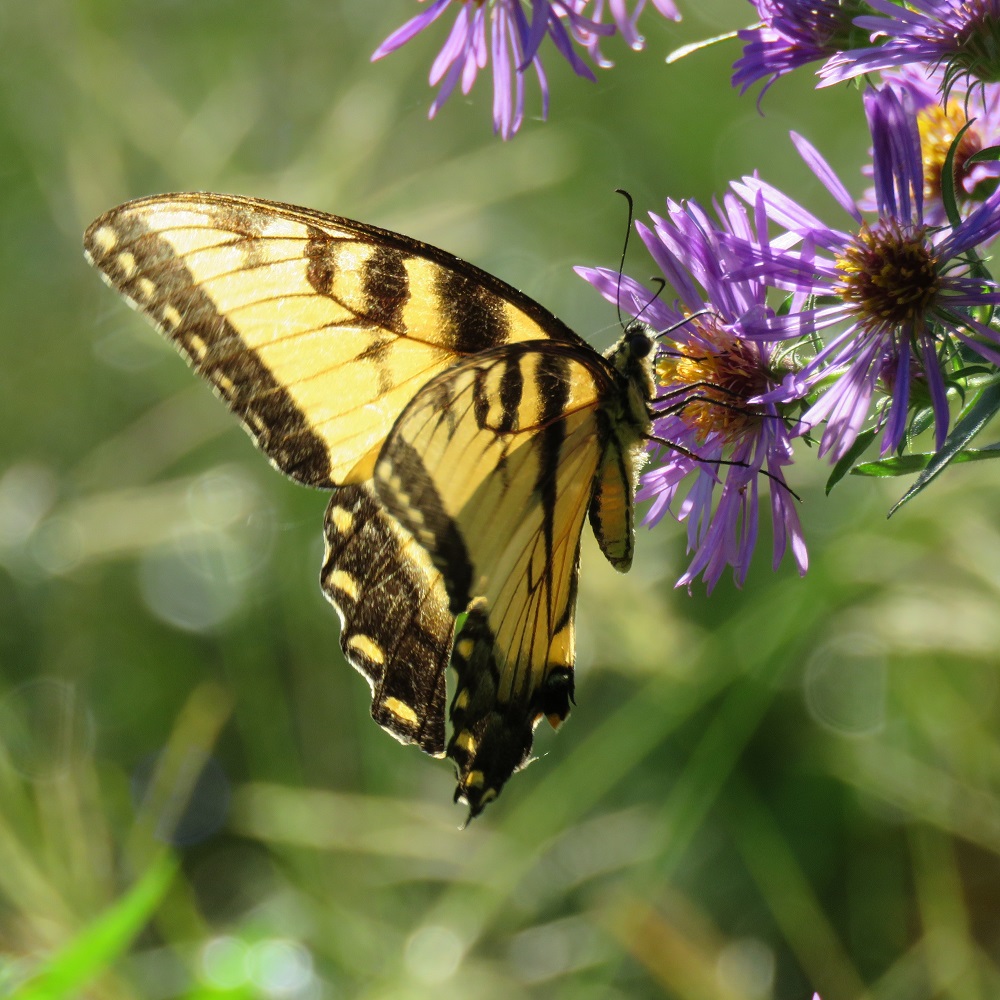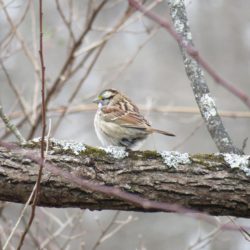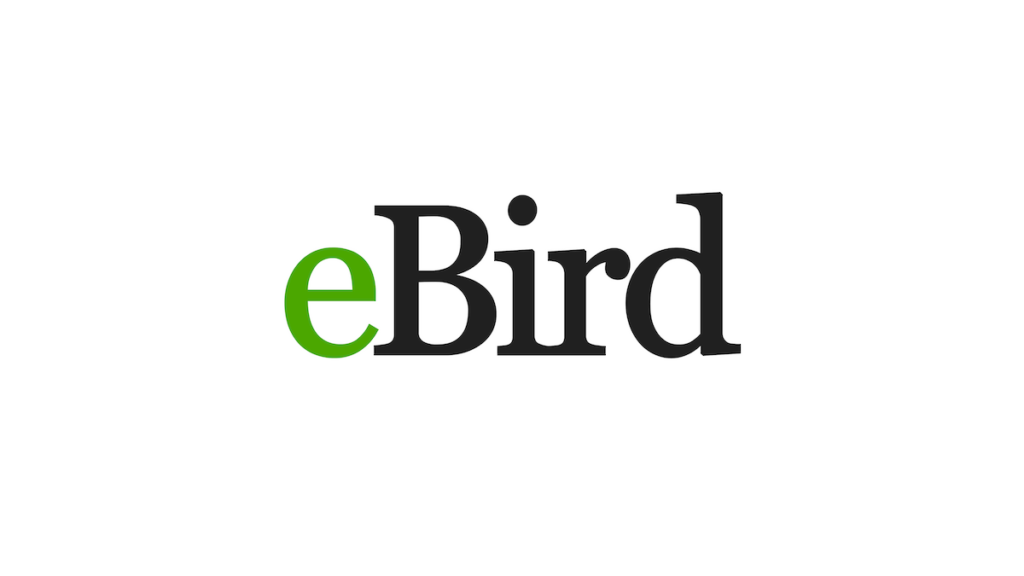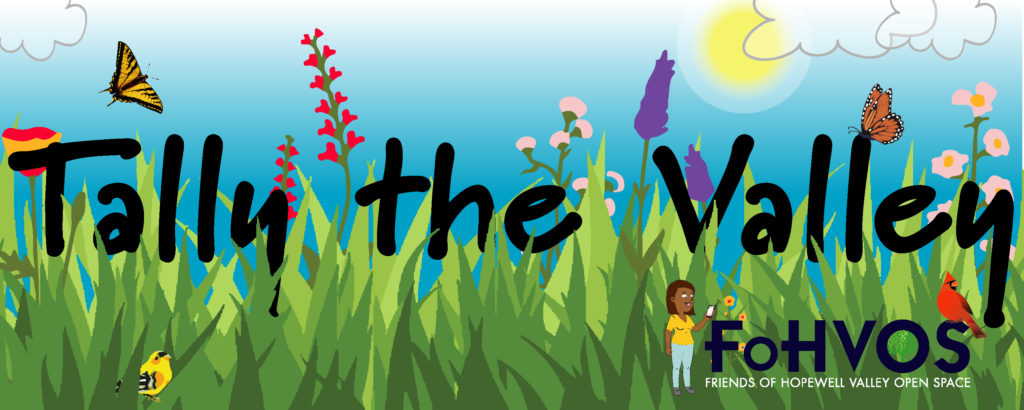Citizen Science
Citizen Science engages members of the community in scientific research. FoHVOS welcomes volunteers of all ages and experience levels to contribute to our citizen science projects. We currently participate in annual bird and butterfly counts for community members to join. Volunteers and landowners can also become involved in our American Kestrel nesting box project.
Your contribution is an invaluable part of our stewardship efforts. Read further to learn how you can get involved!
Annual Counts
FoHVOS participates in three annual wildlife counts: the Great Backyard Bird Count in February, the North American Annual Butterfly Count in July, and the Christmas Bird Count in December-January. Community members can join FoHVOS staff on a count on our preserves or another public open space in Hopewell Valley. You can also sign up for any of these counts independently or with a group. Learn more about each of these national counts and how you can get involved!
Hopewell Valley Citizen Science
Unable to attend a scheduled count? You can still contribute to important community science in the Valley at any time! Birdwatchers of any skill can download Cornell Lab of Ornithology’s eBird app on their smartphone to submit a list of birds seen and heard at any location. All FoHVOS preserves with a trail are listed as an eBird “hotspot” so you can record any birds you spot while you hike! Tallying up wildlife we observe is important in understanding the Valley’s biodiversity and overall ecological health. In 2020, FoHVOS started the Tally the Valley campaign on iNaturalist for people to share nature observations within the Valley. Learn more about utilizing each online tool below!
Kestrel Nesting Boxes
The American kestrel (Falco sparverius) was once an abundant resident of the Northeast, but populations have steeply declined due to profound and widespread human interference in grassland habitats. Listed as a threatened species in New Jersey since 2012, the American kestrel poses a particular challenge to environmentalists working to restore their habitats, because this bird largely relies on existing tree cavities for nesting, rather than building new nests.
In an effort to welcome the American kestrel back to the region, FoHVOS Community Conservation spearheaded an initiative to build and install 50 kestrel nesting boxes in the Hopewell Valley area. With the help of partner organizations and community volunteers, all 50 boxes were installed and kestrel breeding pairs quickly started raising chicks in them. Every year, successful nests are visited by a state biologist from NJ DEP’s Endangered and Nongame Species Program to band adults and hatchlings and track population recovery.
Learn more about the kestrel nesting box program. For any questions about getting involved, contact Senior Land Steward Beth Craighead.
